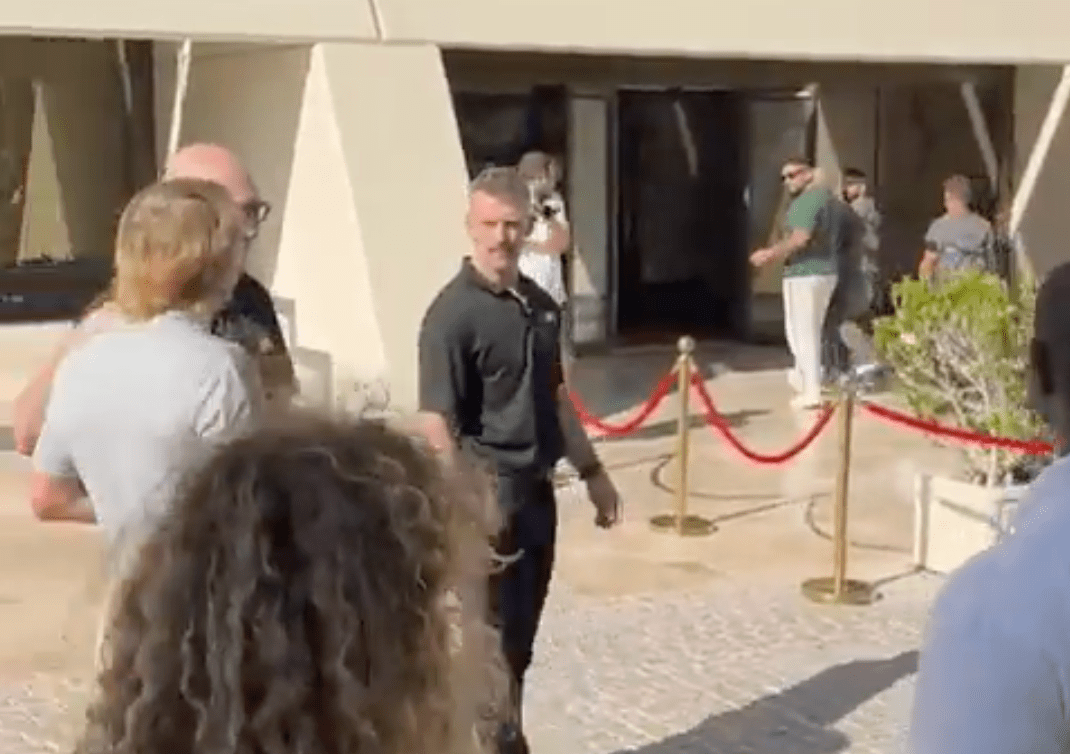What's Happening?
Meta has announced an update to its Horizon Hyperscape Capture app, initially launched at Connect 2025 for Quest 3 and Quest 3S. The app allows users to scan real-world environments to create photorealistic
virtual copies. The latest update introduces social features, enabling users to invite friends to join them in these virtual spaces as Meta Avatars. Previously, Hyperscape was a solo experience, but now users can share their captures as unlisted Horizon Worlds destinations. The scanning process takes 5 to 10 minutes, followed by 1 to 8 hours of processing on Meta's servers. Once processed, users can generate a URL to invite friends to join the Hyperscape world in VR or on a smartphone via the Meta Horizon app. Hyperscape worlds currently support up to 8 people per instance, with plans to increase this number in the future.
Why It's Important?
The expansion of Horizon Hyperscape's capabilities marks a significant step in the evolution of virtual reality social experiences. By allowing users to share their virtual environments, Meta is enhancing the social aspect of VR, potentially increasing user engagement and adoption of its VR platforms. This development could influence the broader VR industry by setting new standards for interactive and social features in virtual environments. It also highlights Meta's commitment to advancing VR technology and its applications, which could have implications for industries such as gaming, entertainment, and remote collaboration.
What's Next?
Meta plans to continue improving the Horizon Hyperscape experience, with hopes to increase the number of participants in Hyperscape worlds beyond the current limit of 8. As the technology evolves, Meta may introduce additional features to enhance user interaction and engagement within these virtual spaces. The company is likely to monitor user feedback and usage patterns to inform future updates and expansions. Additionally, the integration of social features may prompt other VR developers to explore similar enhancements, potentially leading to a more interconnected and immersive VR ecosystem.













